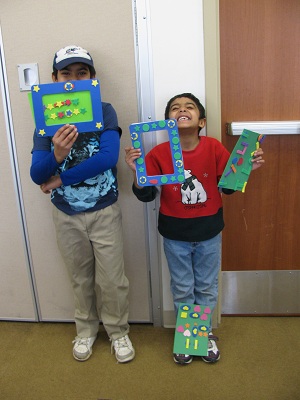This month I’m excited about Show Me the Awesome: 30 Days of Self-Promotion, hosted by Liz Burns, Kelly Jensen, and Sophie Brookover. The Awesome artwork is by John LeMasney.
The idea is wonderful: Librarians talking about the awesome things they are doing.
Now, I’ve long believed that Librarians, as a whole, are tremendously undervalued. I have a sporadic series on my blog I call Librarians Help, trying to spread the word about the good we do. Read all the 30 Days of Awesome posts! If you’re a librarian yourself, you’ll get some great ideas. If you’re not, you’ll learn about some truly awesome things librarians are doing.
Mind you, I signed up to post in this series before I moved to a new home. Surely, a full month after moving, I’d be all settled in my new place, right? (Cue hysterical laughter here.)
I also signed up before booktalking season began. Today, for the first time in four years, I went to a local elementary school and talked with all seven grade levels about our Summer Reading Program and whet their appetites for some of my favorite books. I remembered how exhausting it is, but I had forgotten just how awesome it is to see all their faces listening to you tell about the books, and getting feedback that they are now determined to read some of the books you shared. I took a nap when I got home tonight, but I’m in a great mood. Getting kids excited about reading is such a mood booster!
But for my Awesome post, I already had in mind something I wanted to talk about: Math in the Library.
Before I got my MLS, my first Master’s degree was in Math. I taught college-level math for 10 years. And though I love math, the teaching job never felt like a calling, the way librarianship does. Part of what I love about the library? We don’t have to test anyone! No, at the library, we’re all about learning, and we assist learning for people who want to learn.
What’s more, I’ve always believed there’s no need whatsoever to “make” Math fun. Math *IS* fun! And we get to show that to kids!
So, what are some awesome ways recently I’ve gotten to show people how much fun Math is at the library?
Fresh in my mind, this morning I booktalked You Can Count on Monsters, by Richard Evan Schwartz, Great Estimations, by Bruce Goldstone, and Just a Second, by Steve Jenkins. But let me tell you about some programs.
First, I took Every Child Ready to Read‘s program, “Fun with Science and Math for Parents and Children,” and I changed it to “Fun with Math for Parents and Children.”
We did have fun! We emphasized the practices parents can use to build a foundation for reading in their children: Talking, Singing, Reading, Writing, and Playing. And we talked about how you can apply those things to Math as well. I outlined some things I did in an earlier post. I am hoping that some of these parents are all the more eager to count with their children as they go about their days, to talk about math, and to play games with their kids. I made sure to introduce them to bedtimemath.org, and I hope some of the parents are starting a bedtime tradition of math problems at bedtime.
See how we can take a totally different focus than a teacher has to in the classroom? I can give the parents ideas of ways to have fun, and they can choose the ones they go with. (For example, when picking up toys, ask your kids how many toys they think are on the floor? Count as you pick them up, and it will go faster!) Did you know that setting the table or matching socks are early math activities?
My other Awesome Math program that I’m excited about is called Colors and Codes. In this program, I show the kids my crazy Prime Factorization knitting projects and Prime Factorization t-shirt, to give them the idea that you can use colors to represent numbers. Then, if you use numbers 1 to 26 for the letters A to Z, you can use colors to represent letters. Which means that colors can be used to write messages.
I start with showing them prime factorization color codes and move on to other bases. Base 6 and Base 5 work well for the 26 letters, but I also show them Binary (Base 2). I show them they can also use shapes. With binary, they can use practically anything: sounds, lights, dots & dashes…. Then I have lots of foam shapes available, and let them make craft projects. They can devise their own codes using these ideas and decide what they want to say.
The program uses very sophisticated mathematical concepts — and it’s totally fun! If they don’t quite get it, well, they can make a pretty picture, and I bet later some of the ideas will come together for them. (I did give them all a hand-out to color themselves.)
Oh, and one more low-key but totally fun program I do at our branch is “Brain Games at the Library.” Playing games builds logic skills and mathematical thinking. But see how there’s no pressure, no testing, and only fun? For the Brain Games program, we give them gently used books as prizes. It’s fun to watch the kids thinking they’re getting away with something when they take a pile of books home from their wins!
All this is to say that I’m so happy I still get to teach Math! Only now I get to show people how much fun it is!
Librarians Help! Showing how Awesome Math is!

